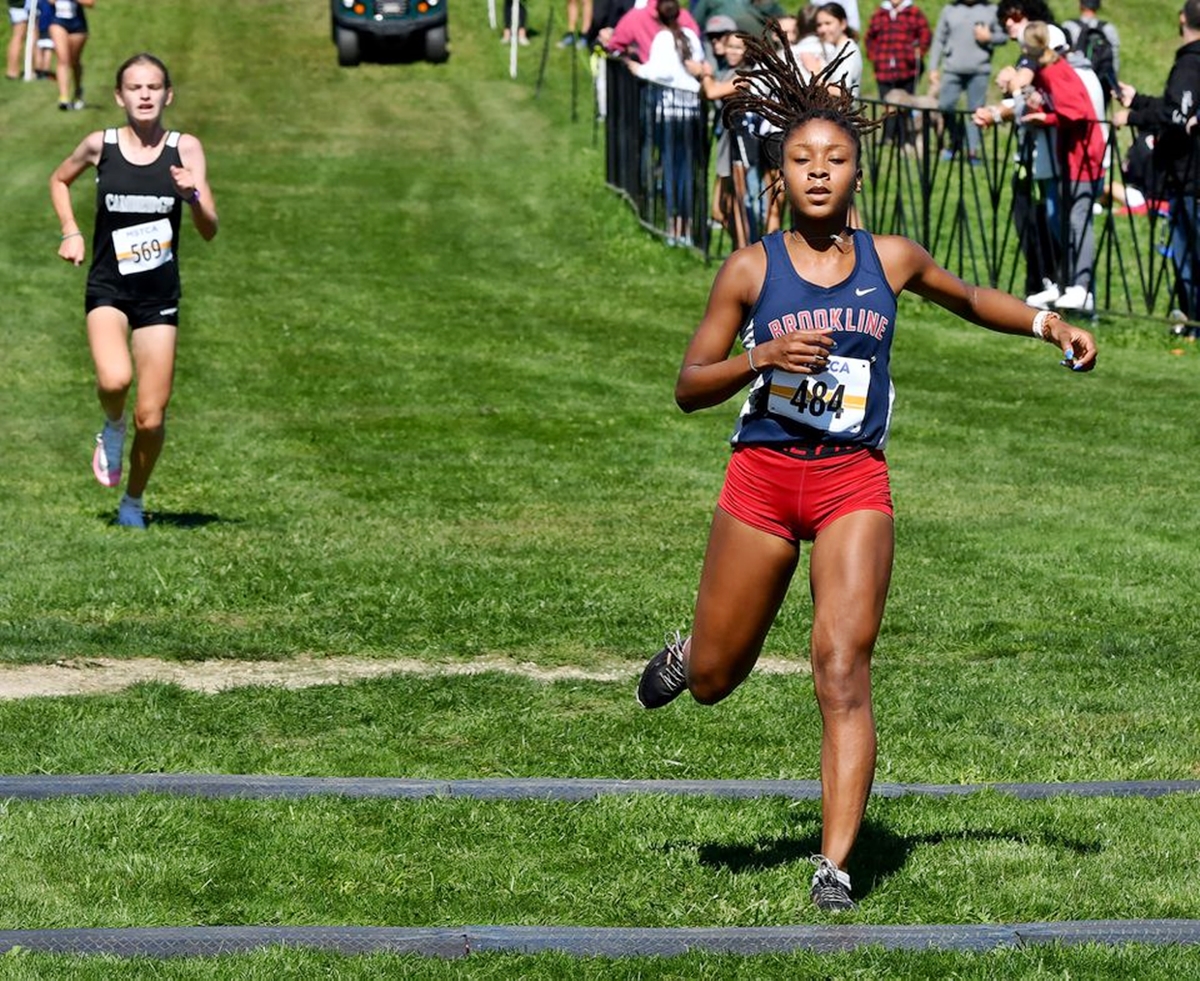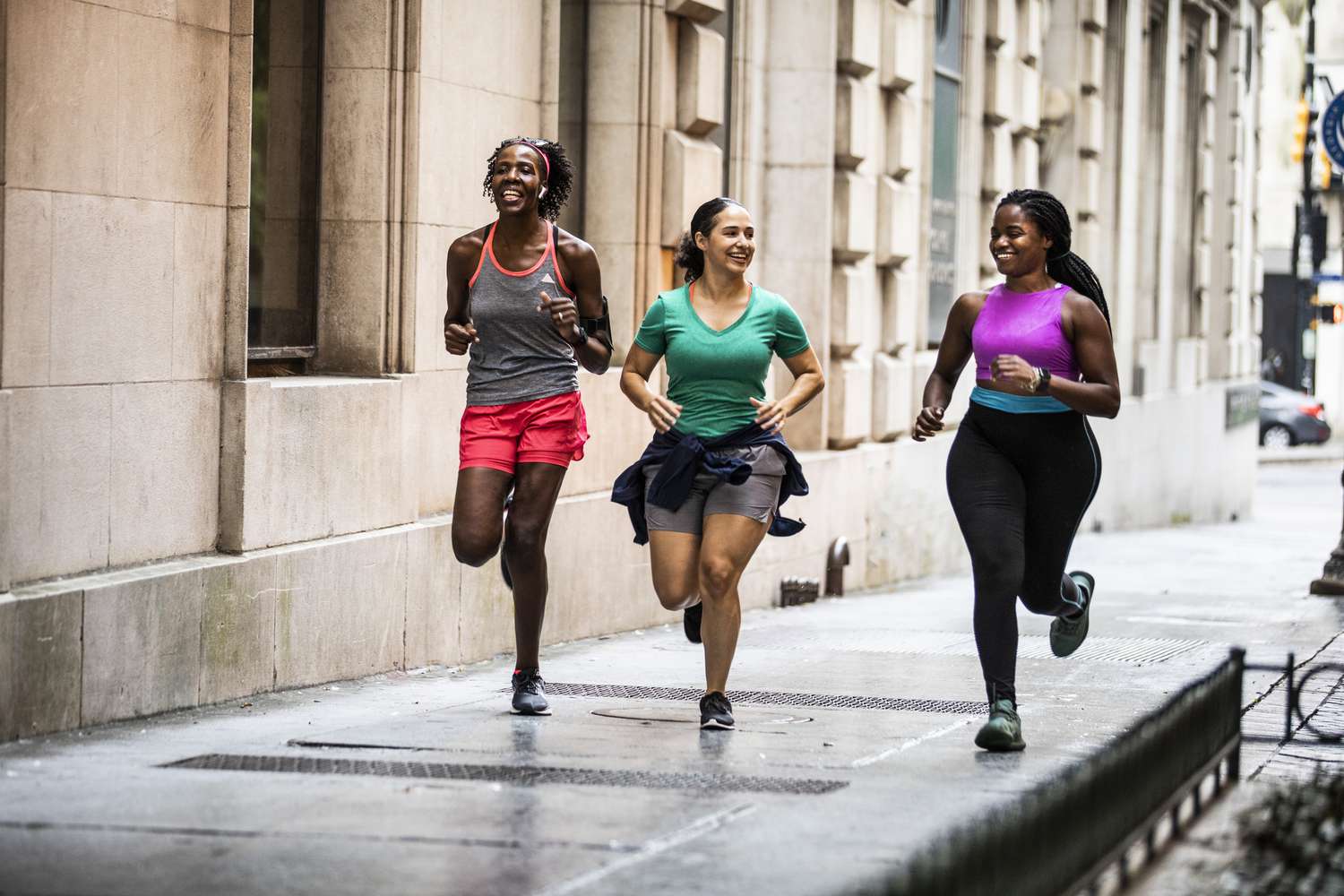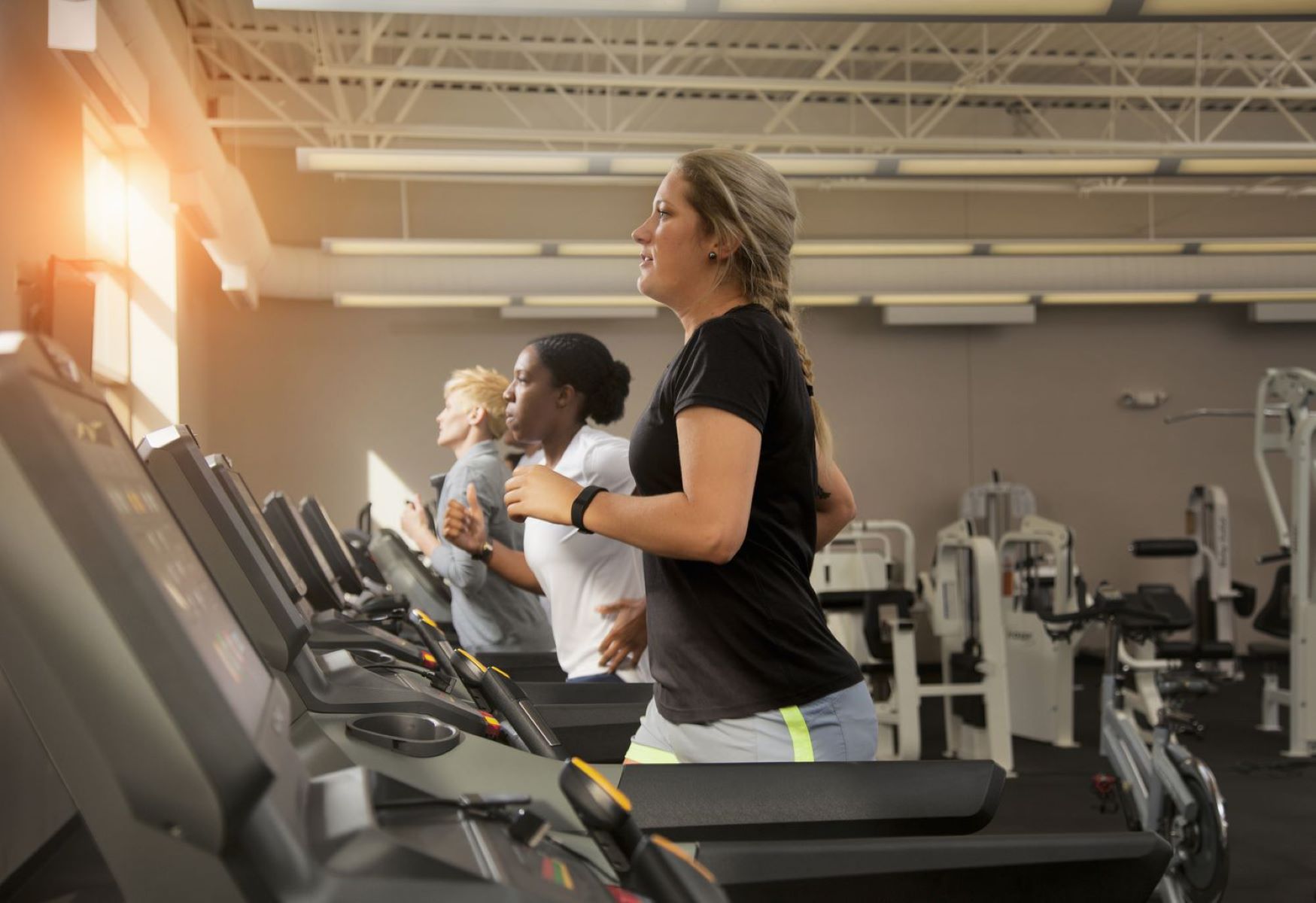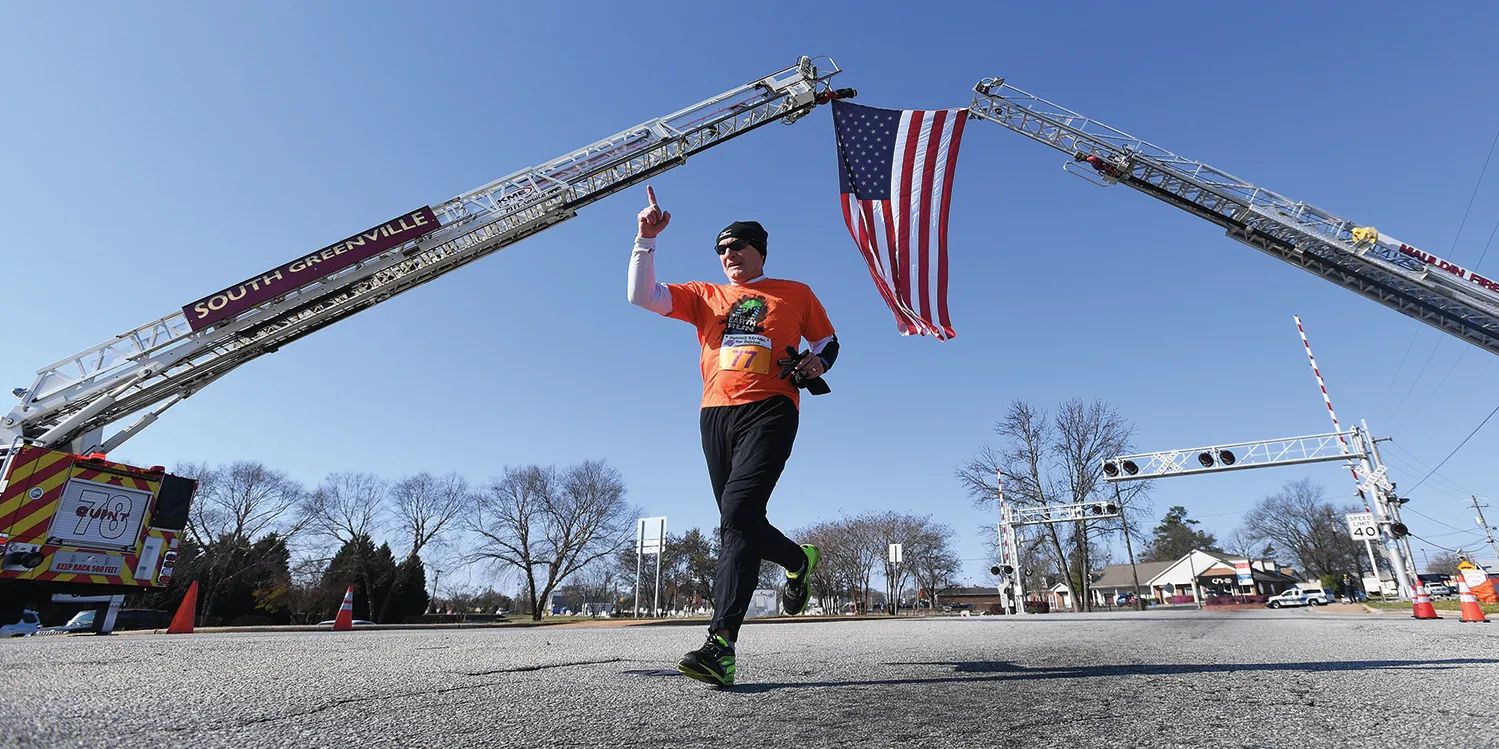Home>Misc>Featured>What To Wear For 5K Run In 30 Degree Cold Weather
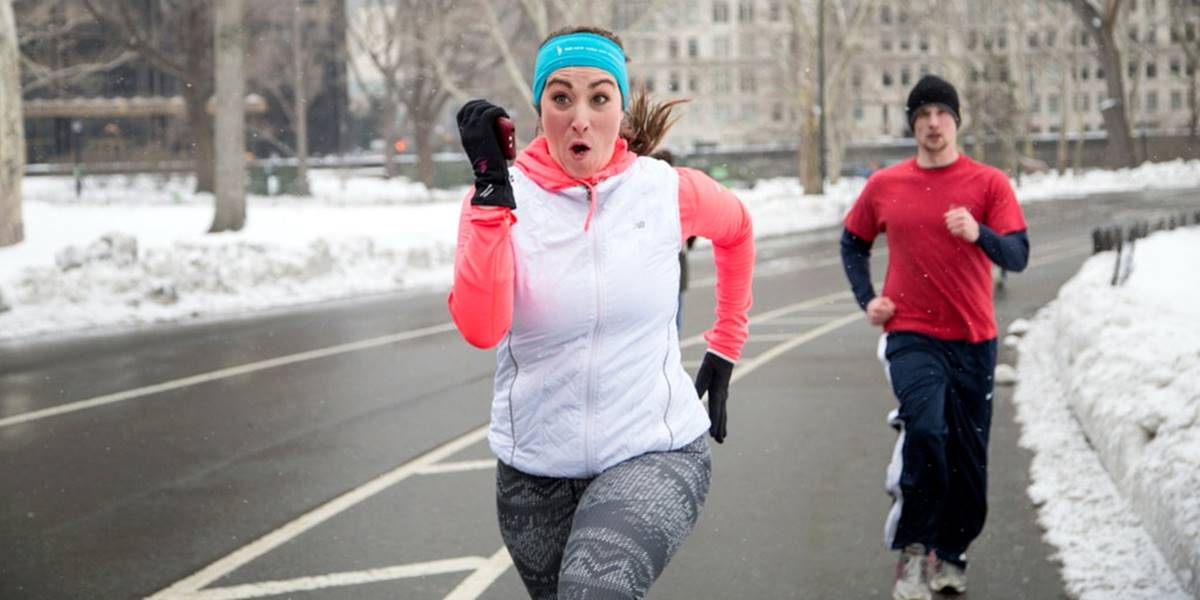

Featured
What To Wear For 5K Run In 30 Degree Cold Weather
Modified: October 3, 2023
Get ready for your 5K run in 30 degree weather with our featured collection of winter running gear. Stay warm and comfortable throughout your race!
Introduction
Welcome to the world of running, where you can challenge yourself physically and mentally while enjoying the beauty of nature and the thrill of competition. As a runner, you understand the importance of proper training, nutrition, and hydration to optimize your performance. But have you considered the crucial role that your clothing plays in ensuring a comfortable and successful run? Particularly in cold weather conditions, dressing appropriately can make all the difference between an enjoyable experience and a miserable one.
Running in 30-degree weather poses unique challenges. The cold can be unforgiving, and failing to dress adequately can result in discomfort, reduced performance, and even risk of injury. That’s why it’s essential to understand the key factors to consider when choosing your running attire for a 5K run in these conditions.
In this article, we will delve into the world of cold weather running attire and equip you with the knowledge to make informed decisions about what to wear for a 5K run in 30-degree weather. We will explore base layer clothing options, mid-layer clothing choices, and outer layer essentials. Additionally, we will discuss the importance of accessories and footwear in keeping you warm and comfortable throughout your run.
Whether you’re a seasoned runner or just starting your running journey, understanding how to dress appropriately for different weather conditions is critical. By tailoring your clothing choices to the specific demands of running in 30-degree weather, you can ensure that you are both comfortable and protected during your 5K run.
So, let’s dive in and discover the best attire options for keeping you warm, comfortable, and prepared for your 5K run in 30-degree weather.
Importance of Proper Clothing for Running in Cold Weather
When it comes to running in cold weather, choosing the right clothing is more than just a matter of comfort. It is crucial for both your performance and your safety. Here are a few key reasons why proper clothing is essential for running in chilly conditions.
1. Temperature Regulation: Cold weather can have a significant impact on your body temperature. Dressing in layers allows you to regulate your temperature by adding or removing clothing as needed. This helps to prevent overheating or becoming too cold during your run, ensuring optimal performance.
2. Insulation: The right clothing provides insulation to trap body heat and prevent it from escaping. Insulated layers such as base layers and mid-layers are designed to retain warmth, keeping you comfortable throughout your run.
3. Protection from the Elements: Cold weather often comes with other environmental factors such as wind, rain, or snow. Appropriate outer layers can shield you from these elements, keeping you dry and protected. This helps prevent chills and reduces the risk of hypothermia.
4. Comfort: Running in cold weather can be challenging, especially if you are not dressed appropriately. The right clothing ensures that you are comfortable, allowing you to focus on your run without distractions caused by discomfort or excessive cold.
5. Injury Prevention: Cold muscles are more prone to injury, so it’s essential to keep your muscles warm during your run. Wearing proper clothing helps to maintain muscle temperature and flexibility, reducing the risk of strains, pulls, or other muscular injuries.
6. Mental Confidence: Feeling comfortable and protected in your running attire can boost your mental confidence. When you know you are dressed appropriately, you can approach your run with a positive mindset and focus on achieving your goals.
By understanding the importance of proper clothing for running in cold weather, you can make informed decisions and choose the right gear for your 5K run in 30-degree weather. Now that we understand the significance of dressing appropriately let’s explore the various factors to consider when selecting your running attire.
Factors to Consider when Dressing for a 5K Run in 30 Degree Weather
When preparing for a 5K run in 30-degree weather, it’s important to consider several factors to ensure you’re dressed appropriately. Here are some key factors to keep in mind:
1. Temperature and Weather Conditions: While the temperature may be 30 degrees Fahrenheit, factors like wind chill and humidity can make it feel colder. Check the weather forecast to get an accurate picture of the conditions you’ll be running in.
2. Personal Comfort Levels: Everyone has different comfort levels when it comes to running in cold weather. Some may feel warmer while others may feel colder. Consider your personal preferences and adjust your clothing choices accordingly.
3. Activity Level: The intensity of your run will affect how much heat your body generates. If you tend to get warm quickly, you may opt for lighter layers. If you’re running at a slower pace or are more prone to feeling cold, consider adding extra layers.
4. Layering: Layering is key for cold weather running. It allows you to add or remove clothing as your body temperature changes during the run. Layering helps regulate body heat, keeping you comfortable throughout your 5K.
5. Fabric Technology: Choose clothing made of moisture-wicking and insulating fabrics. Moisture-wicking fabrics draw sweat away from your body, preventing you from feeling damp and cold. Insulating fabrics, like merino wool or fleece, help to trap warmth and keep you cozy.
6. Visibility: With limited daylight hours in winter, it’s important to prioritize visibility. Choose clothing with reflective elements or wear a reflective vest to ensure you’re easily seen by others, especially if you’re running in low-light conditions.
7. Flexibility and Range of Motion: Ensure your clothing allows for a full range of motion while running. Opt for stretchy materials that won’t restrict your movements or impede your stride.
8. Protection from the Elements: Consider the weather conditions you’ll face during your run. If there’s a chance of precipitation or wind, choose a waterproof or wind-resistant outer layer to keep you dry and shielded from the elements.
By taking these factors into account, you can make informed decisions when choosing your clothing for a 5K run in 30-degree weather. In the following sections, we will explore different clothing options for each layer to help you dress appropriately and comfortably.
Base Layer Clothing Options
The base layer is the foundation of your cold weather running attire. Its primary purpose is to wick away moisture from your body, keeping you dry and comfortable. Here are some base layer options to consider for your 5K run in 30-degree weather:
1. Synthetic Fabrics: Synthetic materials like polyester or nylon are excellent choices for base layers. They are lightweight, breathable, and have good moisture-wicking properties. These fabrics are designed to pull sweat away from your skin, preventing you from feeling damp and chilled during your run.
2. Merino Wool: Merino wool is a popular choice for cold weather base layers. It’s naturally moisture-wicking, breathable, and provides excellent insulation. Merino wool base layers are soft, odor-resistant, and keep you warm even when wet. They are a great option for those with sensitive skin or those who prefer natural fibers.
3. Silk: Silk base layers are thin, lightweight, and provide good insulation. They are comfortable against the skin and have excellent moisture-wicking properties. Silk base layers are particularly suitable for those who want a natural and luxurious feel.
4. Compression Base Layers: Compression base layers can help improve blood circulation, reduce muscle fatigue, and provide support during your run. They typically have moisture-wicking properties and offer a snug fit that aids in temperature regulation.
5. Fit and Sizing: When choosing a base layer, ensure it has a snug fit without being too tight. A close-fitting base layer helps trap a thin layer of warm air next to your skin, enhancing insulation. Pay attention to the sizing recommendations of the brand, as some base layers may run small or large.
Remember, the goal of a base layer is to keep you dry and comfortable by wicking away sweat. Choose a base layer that suits your personal preferences and needs. It’s also a good idea to have multiple base layers of different thicknesses to accommodate fluctuating temperatures. In the next section, we’ll explore mid-layer clothing options to provide additional insulation and warmth.
Mid-Layer Clothing Options
After selecting a suitable base layer, it’s time to consider the mid-layer of your cold weather running attire. The mid-layer provides insulation and helps retain body heat during your 5K run in 30-degree weather. Here are some mid-layer clothing options to consider:
1. Fleece Jackets: Fleece jackets are a popular choice for mid-layers in cold weather. They are lightweight, breathable, and offer excellent insulation. Fleece traps air between its fibers, creating a warm layer of insulation to keep you cozy during your run. Look for fleeces with moisture-wicking properties to ensure sweat is efficiently moved away from your skin.
2. Insulated Vests: Insulated vests are versatile mid-layer options. They provide core warmth without restricting arm movement. Vests with synthetic insulation or down feathers are lightweight, packable, and provide excellent insulation. They are ideal for layering over your base layer and under your outer layer for added warmth.
3. Thermal or Wool Tops: Thermal or wool tops are excellent mid-layer options for cold weather running. They offer additional warmth and insulation while effectively wicking away moisture. Look for tops with thermal properties or made from merino wool for optimal performance.
4. Softshell Jackets: Softshell jackets are a combination of insulation, breathability, and water resistance. They are designed to provide some protection from light rain or snow while allowing moisture to escape. Softshell jackets are a great choice for mid-layer insulation in cool and moderately cold conditions.
5. Synthetic Insulated Jackets: Synthetic insulated jackets are lightweight, compressible, and provide excellent warmth. They are often made with materials like PrimaLoft or Thinsulate. These jackets offer insulation even when wet and are a great option for extremely cold temperatures or for those who tend to feel colder during runs.
6. Layering: Layering is key when selecting your mid-layer clothing. Consider the temperatures and your comfort level before deciding how many mid-layers to wear. Layering allows for better temperature regulation as you can easily add or remove one or more mid-layers as needed during your run.
Remember to balance insulation and breathability when choosing your mid-layer. You want to stay warm, but you also want to prevent overheating and excessive sweating. In the next section, we will explore outer layer clothing options to protect you from the elements and complete your cold weather running attire.
Outer Layer Clothing Options
The outer layer of your cold weather running attire serves as a protective shield against the elements. It will help keep you dry, shield you from wind and precipitation, and provide an extra layer of insulation. Consider these outer layer clothing options for your 5K run in 30-degree weather:
1. Running Jackets: Look for running jackets that are lightweight, breathable, and water-resistant or waterproof. These jackets are designed to protect you from wind and light rain while allowing moisture to escape. Look for features like zippered vents or mesh panels for added breathability.
2. Windbreakers: Windbreakers are lightweight, packable, and provide excellent protection against strong winds. They are typically made from thin, tightly woven fabrics that block the wind while allowing moisture vapor to escape. Windbreakers are a great option for runs on windy days.
3. Shell Jackets: Shell jackets are versatile outer layers suitable for various weather conditions. They are typically made from waterproof or water-resistant materials and provide wind protection. Shell jackets are often breathable to allow moisture to escape, making them a reliable option for running in wet or windy conditions.
4. Reflective Outer Layer: Visibility is crucial, especially when running in low-light conditions. Consider choosing an outer layer with reflective elements or opting for a reflective vest worn over your jacket. These reflective features will help ensure you’re easily seen by others, enhancing your safety during your run.
5. Hooded Options: If you prefer added head protection against the cold or precipitation, consider outer layer options with hoods. Hoods effectively shield your head and ears from wind and rain, and can be pulled up or down as needed during your run.
6. Layering: The outer layer should be roomy enough to accommodate your base and mid-layers comfortably. Ensure that it doesn’t restrict your range of motion and allows for easy movement during your run. Proper layering ensures that you stay warm, dry, and protected, even in 30-degree weather.
Remember to choose your outer layer based on the anticipated weather conditions and your personal preference for breathability and protection. With the appropriate outer layer, you’ll have the necessary protection to brave the cold weather during your 5K run. In the next section, we’ll explore essential accessories to complete your cold weather running attire.
Accessories for Cold Weather Running
When preparing for a 5K run in 30-degree weather, don’t overlook the importance of accessories. These small but essential items can provide extra warmth, protection, and comfort during your run. Here are some accessories to consider for your cold weather running attire:
1. Headwear: A hat or beanie can provide crucial insulation for your head, keeping you warm during your run. Look for moisture-wicking and breathable materials to prevent overheating and moisture buildup. If it’s particularly cold, choose a hat that also covers your ears for added protection against the cold wind.
2. Gloves or Mittens: Keep your hands warm with gloves or mittens designed for running in cold weather. Look for options with moisture-wicking properties and touchscreen-compatible fingertips if you use a smartwatch or smartphone during your run. Mittens, though potentially less dexterous, provide excellent warmth by keeping your fingers together.
3. Neck Gaiter or Buff: A neck gaiter or buff is a versatile accessory that can be worn around your neck, pulled up to cover your mouth and nose, or even used as a headband. Look for options made from moisture-wicking and breathable fabrics that provide insulation to protect your neck and face from the cold wind.
4. Ear Warmers or Headbands: If you don’t want to wear a full hat or beanie, consider ear warmers or headbands. These accessories keep your ears warm while allowing heat to escape from the top of your head. Look for options made from moisture-wicking materials that won’t trap sweat.
5. Reflective Gear: To enhance your visibility during runs in low-light conditions, consider wearing reflective gear. Reflective vests, armbands, or ankle bands can help ensure that you’re easily seen by others, increasing your safety on the road.
6. Socks: Don’t forget about your feet. Opt for moisture-wicking and warm socks to keep your feet dry and cozy during your run. Consider using thicker socks that provide extra cushioning and insulation for added comfort in the cold weather.
7. Sunglasses: Even in cold weather, protecting your eyes from the sun’s glare is important. Choose sunglasses that are suitable for running, providing UV protection and a secure fit to prevent them from slipping or bouncing during your run.
Remember, accessories can make a significant difference in your comfort and protection during cold weather running. Choose options that suit your preferences and the specific weather conditions you’ll be running in. With the right accessories, you’ll be able to fully enjoy your 5K run in 30-degree weather. In the next section, we’ll explore the importance of choosing the appropriate footwear for running in cold weather.
Footwear for Running in 30 Degree Weather
Choosing the right footwear is essential for a comfortable and successful 5K run in 30-degree weather. Cold temperatures can affect the performance and comfort of your feet, so it’s important to consider the following factors when selecting your running shoes:
1. Insulation: Look for running shoes with proper insulation to keep your feet warm. Some shoes have added insulation in the toe box or upper to provide extra warmth. Insulated shoes can help prevent the discomfort and potential risk of frostbite in cold weather.
2. Water Resistance: Consider waterproof or water-resistant running shoes to keep your feet dry in case of wet or snowy conditions. Wet feet can quickly become cold and uncomfortable during your run, so having shoes that repel moisture can make a significant difference in your overall comfort.
3. Traction: In winter conditions, traction is crucial to prevent slips and falls. Look for running shoes that have a reliable and durable outsole with good grip. A lugged or patterned outsole can provide better traction on icy or snowy surfaces, reducing the risk of accidents.
4. Size and Fit: Ensure that your running shoes have a proper fit, allowing for room to wiggle your toes while still providing a secure and supportive feel. Avoid shoes that are too tight, as this can restrict circulation and lead to cold feet. Consider wearing slightly thicker socks for added warmth and cushioning.
5. Breathability: While insulation is important, it’s also crucial to choose running shoes that have sufficient breathability. Look for shoes with breathable materials and mesh panels to allow heat and moisture to escape. Breathable shoes help prevent excessive sweating and the buildup of moisture, keeping your feet comfortable and reducing the risk of blisters.
6. Reflective Details: As with other pieces of running gear, it’s beneficial to have reflective details on your running shoes for increased visibility during low-light conditions. Reflective elements on your shoes will make you more visible to others, enhancing your safety on the roads or trails.
Remember, each runner has individual preferences and needs when it comes to footwear. Take the time to try on different models and brands to find the pair that offers the best fit, comfort, and performance for your cold weather runs. With the right footwear, you’ll have the support and protection you need to conquer your 5K run in 30-degree weather. In the next section, we’ll provide some tips for layering and dressing appropriately for your run.
Tips for Layering and Dressing Appropriately
Layering and dressing appropriately for a 5K run in 30-degree weather can make a significant difference in your comfort and performance. Here are some tips to help you make the most out of your cold weather running attire:
1. Start with a Moisture-Wicking Base Layer: Begin your layering with a moisture-wicking base layer to keep sweat away from your skin. This helps prevent you from feeling damp and chilled during your run.
2. Add Insulation with a Mid-Layer: Choose an insulating mid-layer that provides warmth without adding excessive bulk. Fleece jackets, thermal tops, or insulated vests are great options for trapping warmth close to your body.
3. Consider the Conditions and Adjust Your Layers: The temperature, wind chill, and personal comfort levels can vary during a run. Be prepared to adjust your layers as needed. If you start feeling too warm, unzip your jacket or remove a mid-layer. If you feel cold, add an extra layer or zip up to retain heat.
4. Protect Your Extremities: Pay attention to protecting your hands, head, ears, and neck. Gloves or mittens, hats or beanies, ear warmers or headbands, and neck gaiters can provide crucial insulation to keep these areas warm.
5. Don’t Forget About Footwear: Choose running shoes that provide proper insulation, traction, and water resistance. Ensure they have a comfortable fit and consider wearing slightly thicker socks for added warmth.
6. Consider Reflective Gear: If running in low-light conditions, wear reflective gear such as vests, armbands, or ankle bands to enhance your visibility to others.
7. Experiment with Layering and Clothing Options: Every runner is different, so don’t be afraid to experiment with different layering combinations and clothing options. Pay attention to your own comfort and make adjustments as needed to find what works best for you.
8. Prioritize Comfort and Mobility: While staying warm is important, make sure your clothing allows for comfortable movement and doesn’t restrict your stride. Choose clothing made of stretchy and breathable materials that provide both warmth and flexibility.
9. Don’t Overdress: It’s better to slightly underdress than to overdress for cold weather running. Overdressing can lead to excessive sweating, discomfort, and reduced performance. Find a balance where you feel comfortable and protected without overheating.
10. Be Prepared for Changing Conditions: Weather conditions can change during your run, so be prepared with extra layers that you can easily add or remove. Carry a lightweight backpack or waist pack to store additional clothing items if needed.
Remember, dressing appropriately for cold weather running is a personal preference. It may take some trial and error to find the perfect combination of layers and clothing items that work best for you. By following these tips, you can maximize your comfort and ensure an enjoyable and successful 5K run in 30-degree weather.
Conclusion
Running in 30-degree weather presents its own unique challenges, but with the right clothing choices, you can conquer the cold and enjoy a successful 5K run. Proper layering and dressing appropriately are key to staying comfortable and protected from the elements.
Start with a moisture-wicking base layer to keep sweat away from your skin, then add an insulating mid-layer for warmth. Choose an outer layer that provides protection against wind and precipitation, and don’t forget essential accessories like hats, gloves, and neck gaiters to protect your extremities. Additionally, prioritize choosing the right footwear for insulation, traction, and water resistance.
Experiment with different clothing options and layering combinations to find what works best for you. Pay attention to your comfort and make adjustments as needed. Remember to prioritize breathability, mobility, and visibility by choosing clothing with the right fabric technology and reflective elements.
By following these tips and considering the factors discussed, you can confidently tackle a 5K run in 30-degree weather. Remember to check the weather forecast, dress appropriately, and be prepared for changing conditions. Stay warm, dry, and comfortable, allowing you to focus on enjoying your run and achieving your goals.
So, gear up, lace up those running shoes, and embrace the exhilaration of running in the crisp, cold air. With the right clothing, nothing will hold you back from conquering the 5K in 30-degree weather! Stay warm, stay safe, and happy running!

